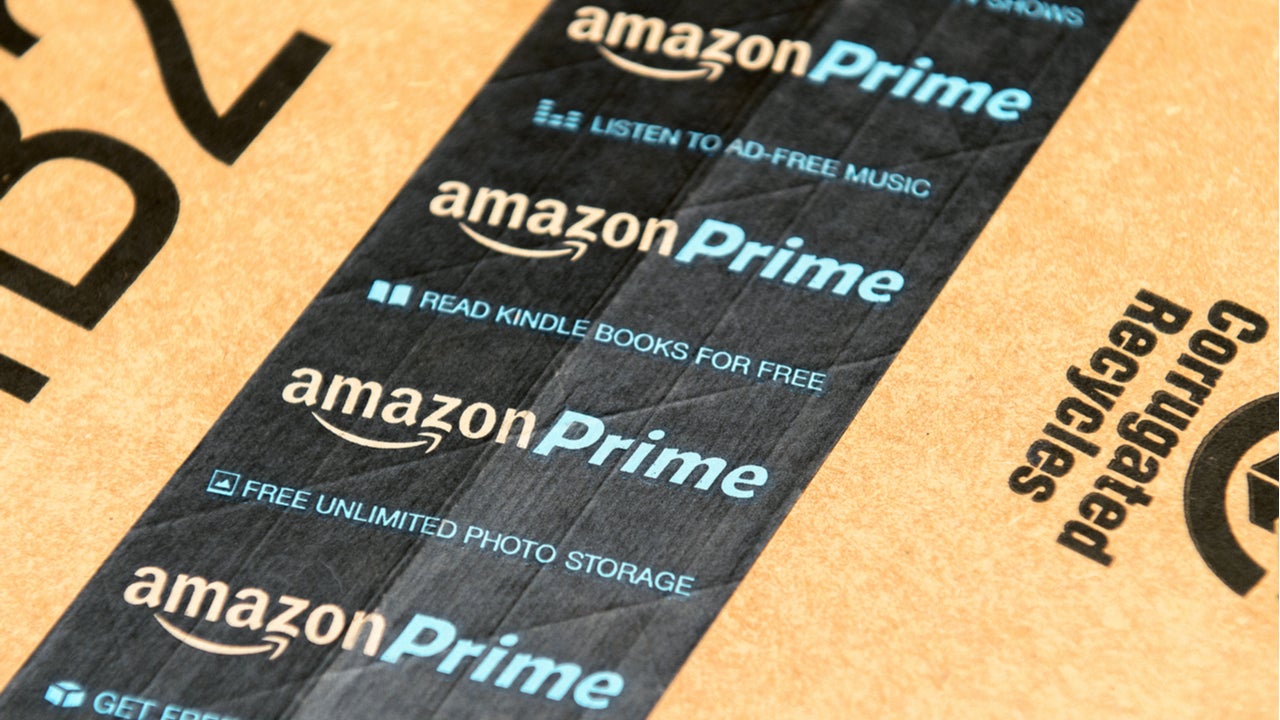Which Amazon credit card is best for you?

Key takeaways
- Amazon offers open-loop and closed-loop credit cards, cards for Prime members and non-Prime members and cards to help consumers build credit
- If you have a Prime membership and good-to-excellent credit, opt for the Prime Visa, which features competitive bonus rewards, a welcome bonus and notable travel benefits
- If you’re unable to qualify for the Prime Visa, consider the Amazon Prime Store Card, which offers unlimited 5 percent back on Amazon purchases
Amazon’s approach to its credit card lineup is similar to its offerings as a superstore — there’s something for everyone. Amazon has credit cards for both Prime members and occasional Amazon shoppers, along with cards for consumers who have excellent credit and those with a thin credit file.
With Amazon Prime Big Deal Days 2023 quickly approaching — occurring on Oct. 10 and Oct. 11, 2023 — now is a great time to get an Amazon Prime credit card. If you’re a Prime member, you’ll not only be able to score Prime Day deals, but with the right credit card, you can also score bonus rewards, a welcome offer and other card perks (depending on the card you choose).
So, which Amazon card is right for you? Here’s what you need to know.
Prime Visa: Best for Prime members with good-to-excellent credit
The Prime Visa has no annual fee, but a Prime membership (currently $139 per year) is required. The card’s earning rates are pretty good: You’ll get unlimited 5 percent back at Amazon.com and Whole Foods Market with an eligible Prime membership, unlimited 5 percent back on Chase travel purchases with an eligible Prime membership, unlimited 2 percent back at restaurants and gas stations, 2 percent back on local transit and commuting (including rideshares) and unlimited 1 percent back on all other purchases. As a Prime member, you’ll also be able to get 10 percent back or more on a rotating selection of Amazon products.
There’s also a welcome bonus for new cardholders — you can earn a $100 Amazon gift card (or more) instantly upon approval. This is far from the most earth-shattering welcome bonus we’ve seen, but it helps to cancel out most of the Prime membership fee for the first year. After the first year, you can recoup the Prime membership fee by spending $2,780 per year at Amazon and/or Whole Foods. That’s not a daunting task if you frequently shop at those stores.
Additionally, the Prime Visa comes with notable benefits like travel accident insurance, baggage delay insurance, lost luggage reimbursement, an auto rental collision damage waiver, roadside dispatch, extended warranty coverage and purchase protection.
Not a Prime member? Pick the Amazon Visa
If you’re not a Prime member, this card comes in a non-Prime version: the Amazon Visa*. With this card, you can still earn Amazon rewards, but you’ll get scaled-back benefits. Still, keep in mind that you’re already saving by not paying the Prime membership fee.
The best part, however, is the card’s above-average earning rates, which include 3 percent back at Amazon and Whole Foods Market, 3 percent back on Chase travel purchases, 2 percent back at restaurants and gas stations, 2 percent back on local transit and commuting (including rideshares) and 1 percent back on everything else. So, even if you don’t want to splurge on a Prime membership — but you regularly buy stuff on Amazon — the Amazon Visa can still be a valuable companion.
Amazon Prime Store Card: Best for Prime members with fair-to-good credit
In general, store cards are controversial due to their typically low credit limits and high interest rates. But what if you’re an avid Amazon Prime shopper with less-than-stellar credit? That’s where the Amazon Prime Store Card* may be able to help. Keep in mind that this is a closed-loop card, meaning you can only use it at Amazon and Amazon companies (however, a list of exceptions applies). Plus, although this card has no annual fee, you need to have an Amazon Prime membership to get this card.
The 5 percent back on Amazon purchases is nothing to sneeze at, but there is not much more that this card provides. You can opt for one of the card’s special financing offers, but that means you’ll have to forgo the rewards earnings.
Not a Prime member? Pick the Amazon Store Card
The Amazon Store Card* doesn’t offer rewards — the 5 percent back at Amazon is only available to Prime members — and the card’s only tangible benefits are no annual fee, an $80 Amazon gift card instantly upon approval and special financing offers.
It’s worth noting that there are better cards for fair-to-good credit, some of which earn rewards. But if you’re declined for the Amazon Store Card, you’ll automatically be considered for the Amazon Secured Card*.
Amazon Prime Secured Card: Best for Prime members with poor or no credit
With the Amazon Prime Secured Card*, you can work on building your credit while getting something in return — Prime members can earn 2 percent back on Amazon purchases. While there are other secured cards that earn rewards, 2 percent back is pretty generous.
Additionally, this card doesn’t come with a welcome bonus, but secured cards don’t normally offer a welcome bonus, so this is to be expected. This card also comes with an astonishingly low interest rate of 10 percent APR (fixed). Of course, we recommend that you pay off your charges in full every month (and not carry a balance).
This card has three shortcomings, however:
- The maximum credit limit you can receive is $1,000.
- Upgrading to an unsecured card takes at least 12 months of credit building.
- The upgrade option is for the Amazon Store Card or Amazon Prime Store Card, which are closed-loop store cards.
Not a Prime member? Pick the Amazon Secured Card
The only difference between the Amazon Prime Secured Card and the Amazon Secured Card is that the latter doesn’t offer any rewards or Prime benefits. All other terms and conditions are the same.
The bottom line
Amazon seemingly offers the most comprehensive credit card lineup out of all store credit cards. There are open-loop and closed-loop cards, cards for Prime members and non-Prime members and cards to help consumers build credit.
However, there are other cards to consider for shopping on Amazon. With one of these cards, you might be able to find better perks or a better welcome bonus. Even if you’re in the market for a secured credit card, it would be good to check out the top secured credit card offers to see if there’s a better option for you.
*All information about the Amazon Visa, Amazon Prime Store Card, Amazon Store Card, Amazon Prime Secured Card and Amazon Secured Card has been collected independently by Bankrate and has not been reviewed or approved by the issuer.







